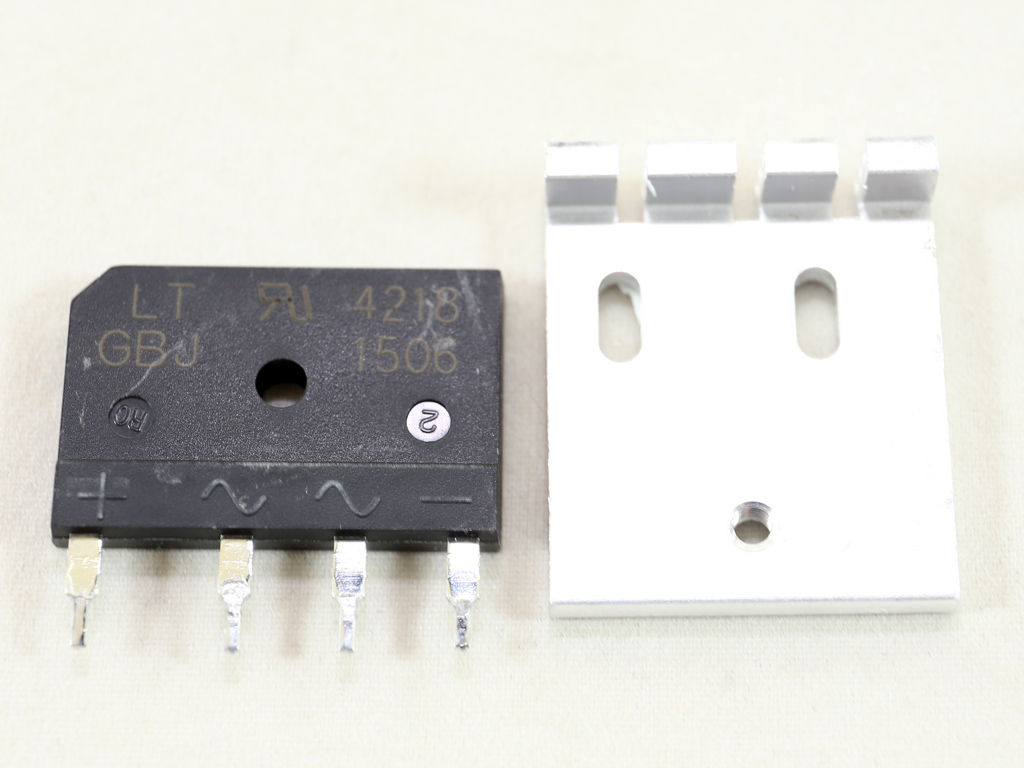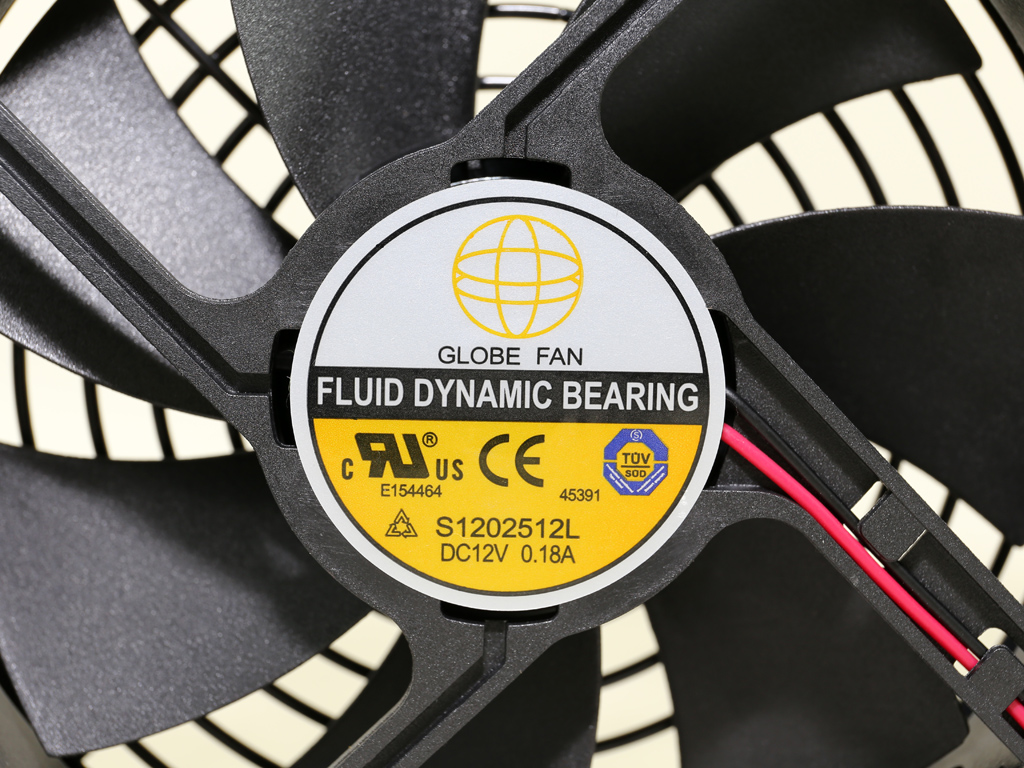SilverStone Strider Platinum 750W Power Supply Review
SilverStone recently expanded its Strider line with three new Platinum-rated units with capacities ranging from 550W to 750W. The family's flagship is being tested today, which includes fully modular cabling and compact dimensions.
Why you can trust Tom's Hardware
A Look Inside And Component Analysis
Parts Description
Before proceeding with this page, we strongly encourage you to a look at our PSUs 101 article, which provides valuable information about PSUs and their operation, allowing you to better understand the components we're about to discuss. Our main tools for disassembling PSUs are a Thermaltronics soldering and rework station, and a Hakko 808 desoldering gun.
| Primary Side | |
|---|---|
| Transient Filter | 4x Y caps, 2x X caps, 2x CM chokes, 1x MOV, 1x CMD02X |
| Inrush Protection | - |
| Bridge Rectifier(s) | 1x GBJ1506 (600V, 15A @ 100 °C) |
| APFC MOSFETs | 2x Infineon IPA50R140CP (550V, 15A @ 100 °C, 0.14 ohm) |
| APFC Boost Diode | 1x CREE C3D08060A (600V, 8A @ 152 °C) |
| Hold-up Cap(s) | 1x Rubycon (400V, 560uF, 3000h @ 105 °C, MXG) |
| Main Switchers | 2x Infineon IPA50R140CP (550V, 15A @ 100 °C, 0.14 ohm) |
| APFC Controller | Infineon ICE3PCS01 |
| Switching Controller | Infineon ICE2HS01G |
| Topology | Primary side: Half-Bridge & LLC Resonant Converter Secondary side: Synchronous Rectification & DC-DC converters |
| Secondary Side | |
| +12V MOSFETs | 4x Infineon IPP015N04N (40V, 120A @ 100 °C, 1.5 mohm) |
| 5V & 3.3V | DC-DC Converters: 8x Infineon IPD060N03L (30V, 50A @ 100 °C, 6 mohm) PWM Controller: APW7159 |
| Filtering Capacitors | Electrolytics: Nippon Chemi-Con (105 °C, KY, KZE) Polymers: Teapo, Nippon Chemi-Con |
| Supervisor IC | SITI PS223 (OVP, UVP, OCP, SCP, OTP ) |
| Fan Model | Globe Fan S1202512L (120mm, 12V, 0.18A, Fluid Dynamic Bearing) |
| 5VSB Circuit | |
| Rectifier | 2x IPD060N03L |
| Standby PWM Controller | Sanken STR-A6069H |
| -12V Circuit | |
| Regulator | KIA7912PI |


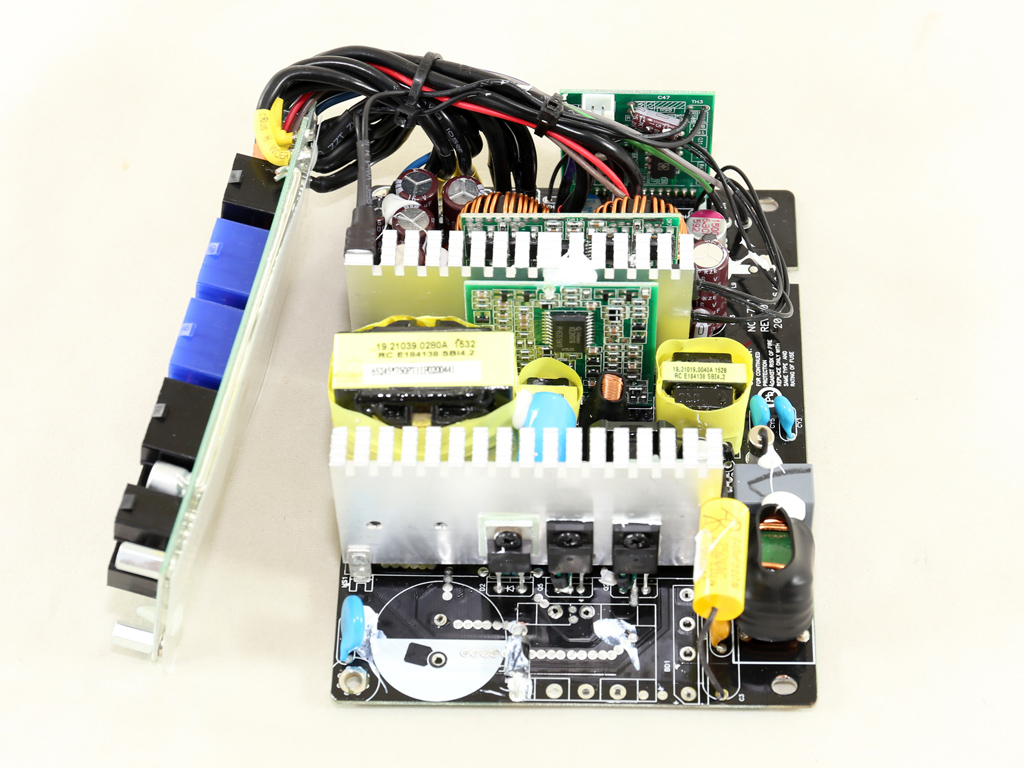

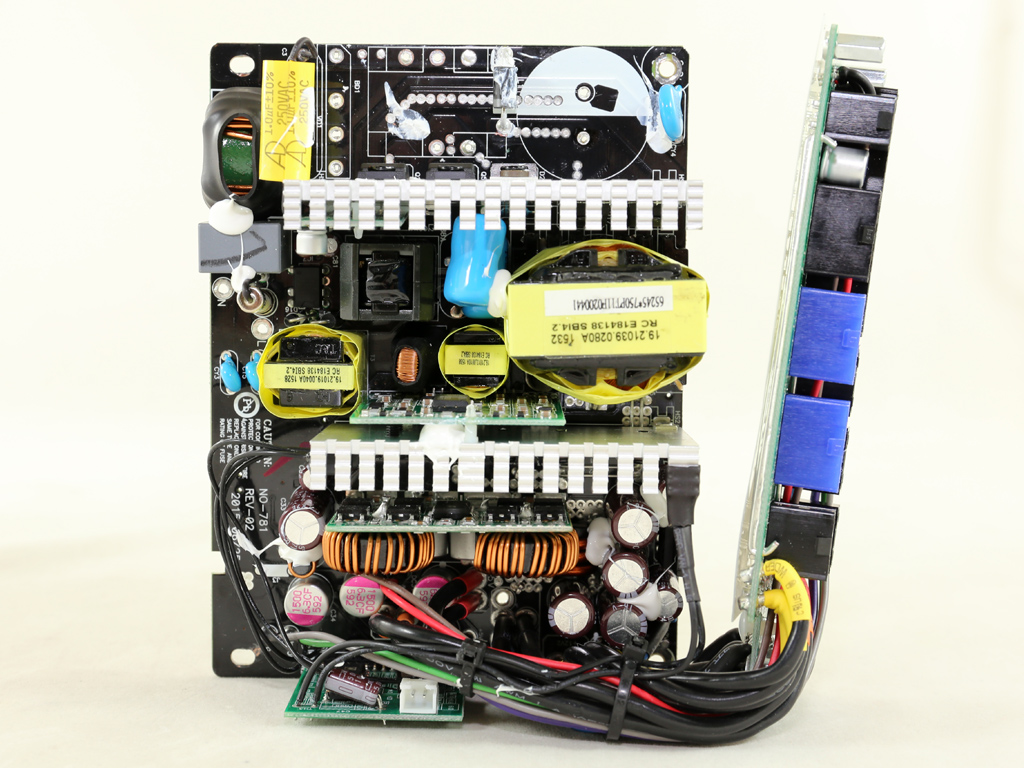
Sirfa/High Power manufactures the ST75F-PT. The same OEM also makes the 550W and 650W Strider Platinum models. Two small heat sinks cool down the primary and secondary side's FETs, and an even smaller sink dissipates heat from the single bridge rectifier. The single-layer PCB is incredibly compact; only the size of the main transformer provides a clue about this unit's capacity.
A half-bridge topology and an LLC resonant converter are used on the primary side, while, on the secondary side, we find a synchronous design for the +12V rail and a pair of DC-DC converters for the minor rails. All in all, the build quality looks good. However, we would prefer if the manufacturer used bus-bars instead of cables for transferring power to the modular board. In this way, power losses could be minimized, especially at higher loads. On top of that, these cables restrict airflow to the secondary side's filtering capacitors, thereby reducing their lifetime. Fortunately, all of the electrolytic caps are provided by Japanese manufacturers, while most of the polymer caps are made by Teapo, a Taiwanese supplier.
Incidentally, we recently encountered this platform in the Zalman ZM750-EBT review. It failed to impress us, despite its affordable price.
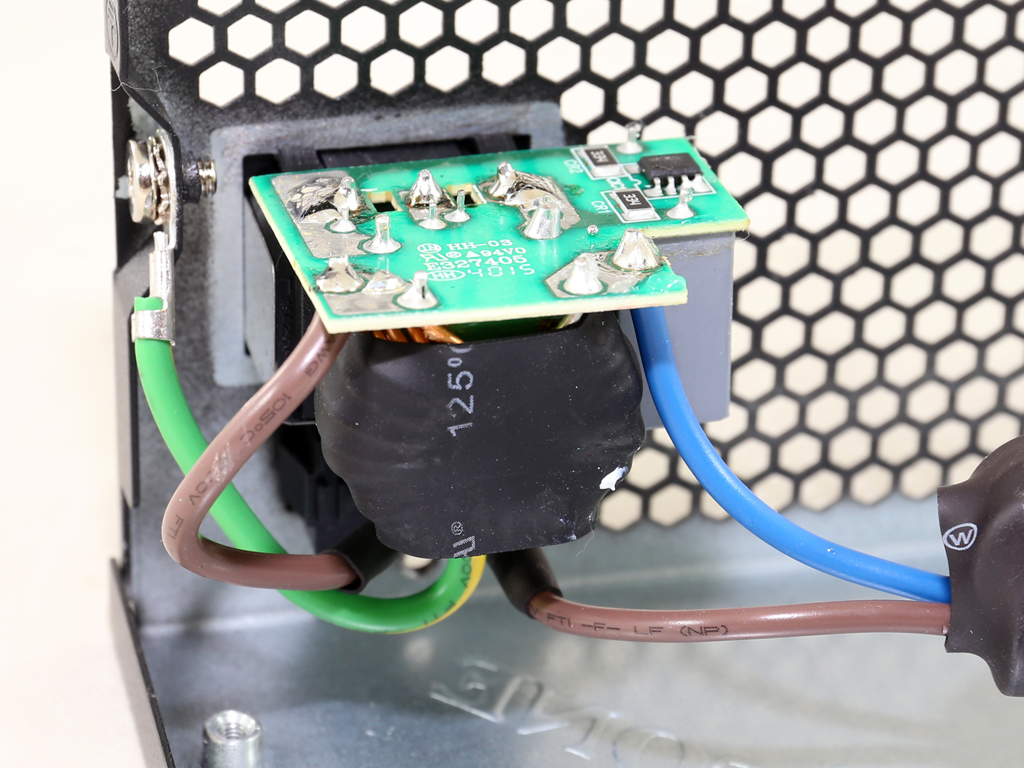


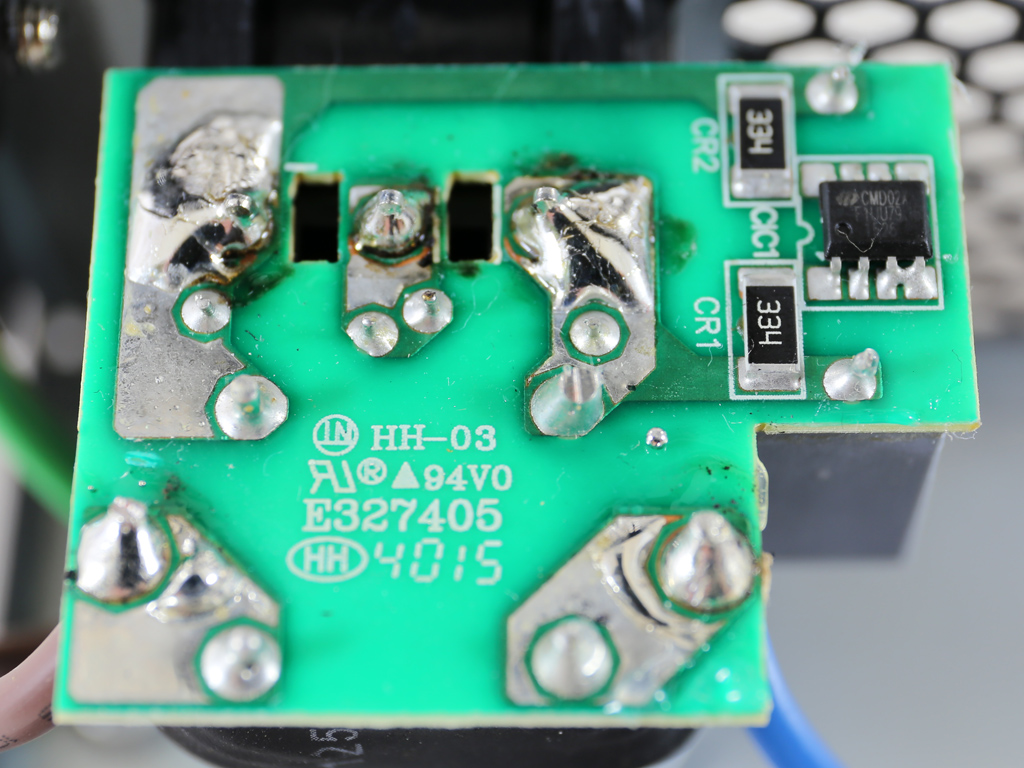

The AC receptacle and power switch are installed on a small PCB, which also holds the first part of the EMI filter. The board houses two Y caps, a single X one and a CM choke, along with two small bleeding resistors and a CMD02X IC that blocks current when AC voltage is connected. The same IC automatically discharges the X cap through the resistors when AC is disconnected. The bleeding resistors on the X caps are a necessary protection measure, since these caps tend to keep their charge long after AC voltage is removed. However if the bleeding resistors are always connected to the circuit, power losses are incurred.
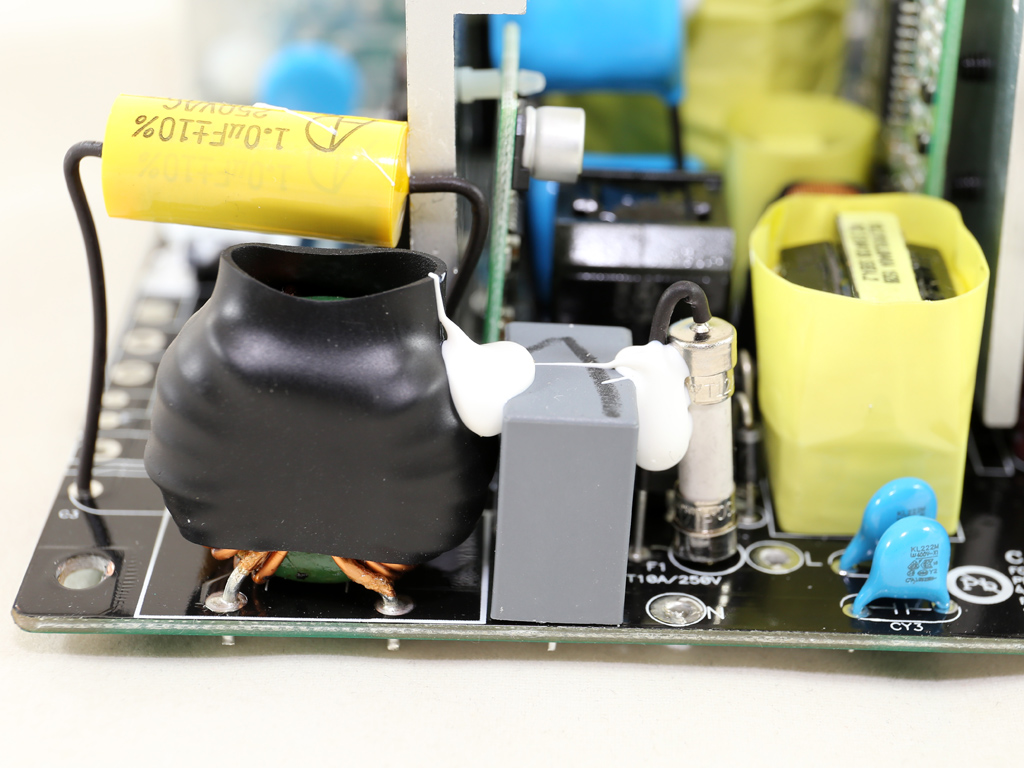

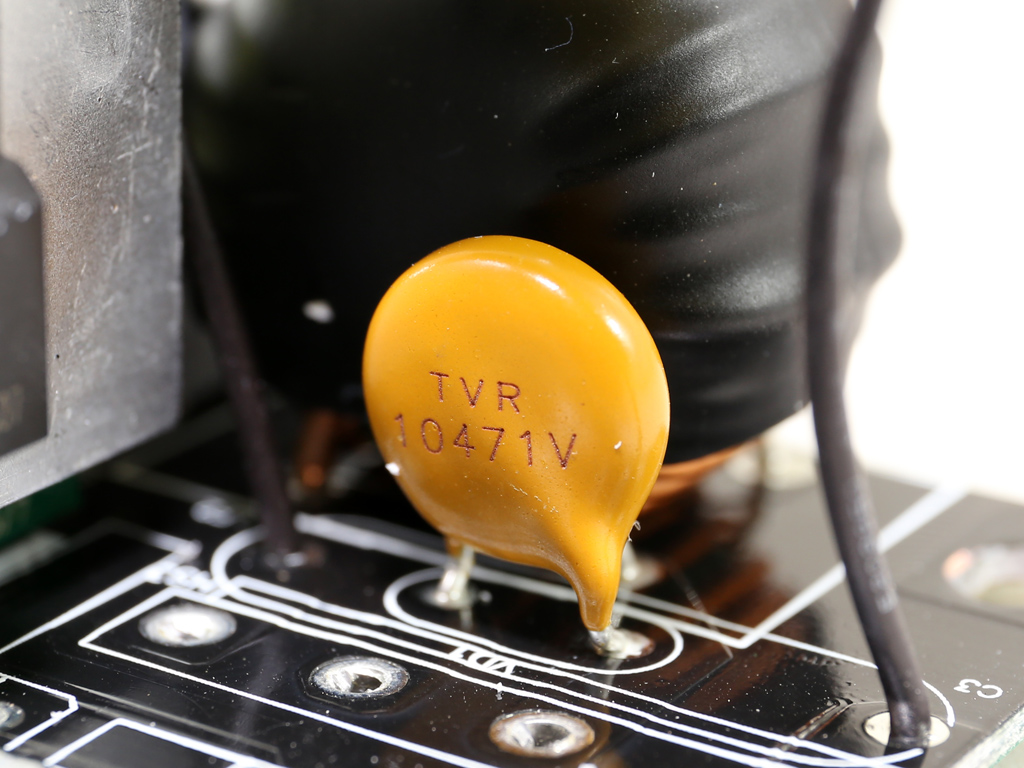
The second part of the EMI filter is on the main PCB, and it includes two Y caps, a single X cap and one CM choke. There is also a small MOV after the bridge rectifier, completing the filter. Unfortunately, you don't get inrush current protection, so the PSU in some cases will apply huge stress to your home's electric infrastructure. SilverStone should find a way to install an NTC thermistor and the corresponding bypass relay somewhere on the small PCB, rather than neglecting an important feature altogether.
The single bridge rectifier is installed on a dedicated heat sink, and this time we decided to desolder it to expose those hidden markings. The component's model number is GBJ1506, and it can handle enough amperage to cover this PSU's needs, even with 115V input. However we noticed that there is no thermal grease between the bridge rectifier and sink, affecting heat transfer between the parts. We applied some thermal paste before putting the rectifier back in place.
Get Tom's Hardware's best news and in-depth reviews, straight to your inbox.

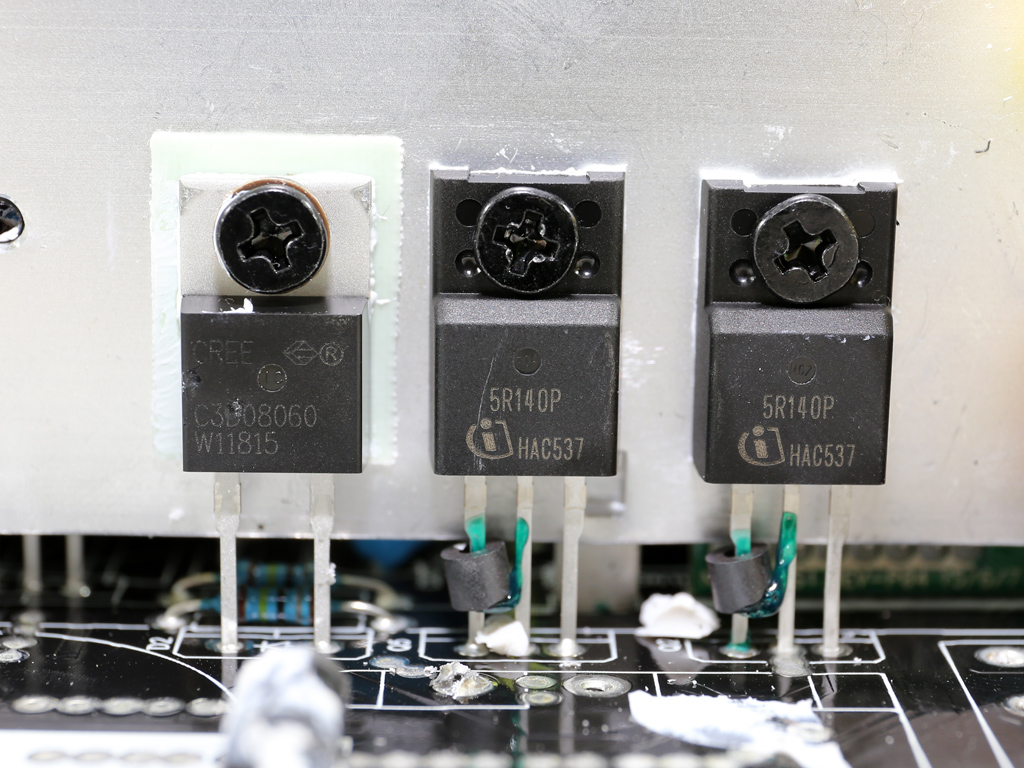



A Cree C3D08060A boost diode is used in the APFC converter, along with a couple of Infineon IPA50R140CP FETs. The bulk cap is provided by Rubycon (400V, 560uF, 3000h @ 105 °C, MXG) and its capacity is low for a 750W PSU, so we expect less hold-up time than normal. Besides the bulk cap, we wanted to desolder the PFC coil to give you a clearer view of the APFC's FETs and the diode.
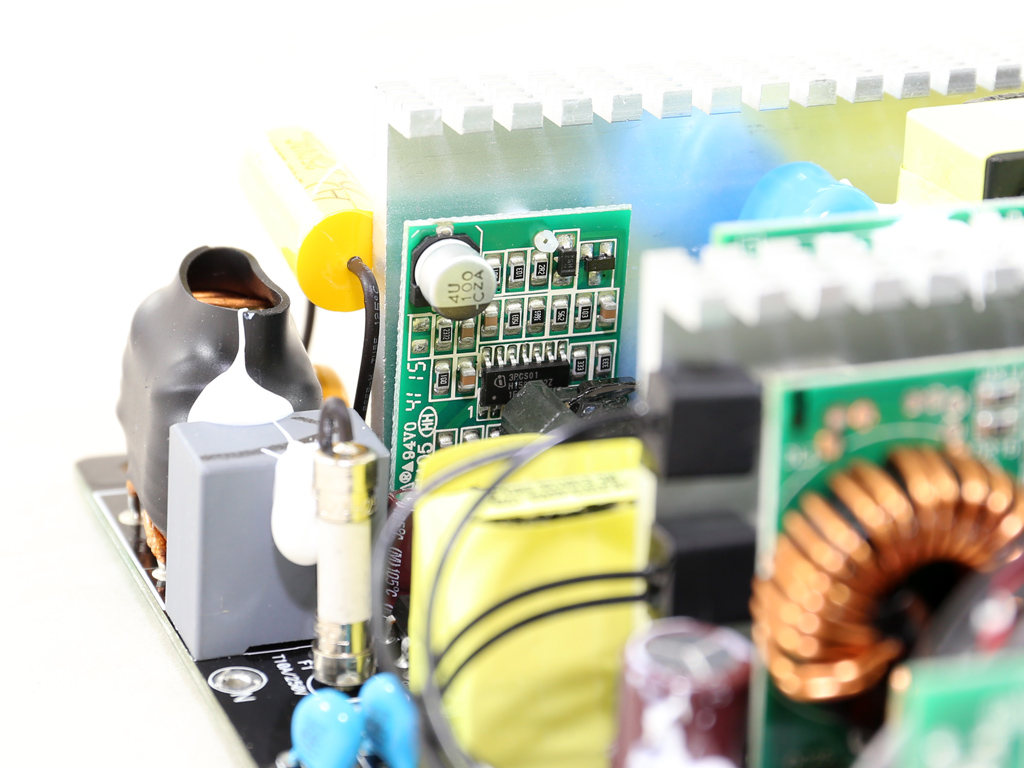
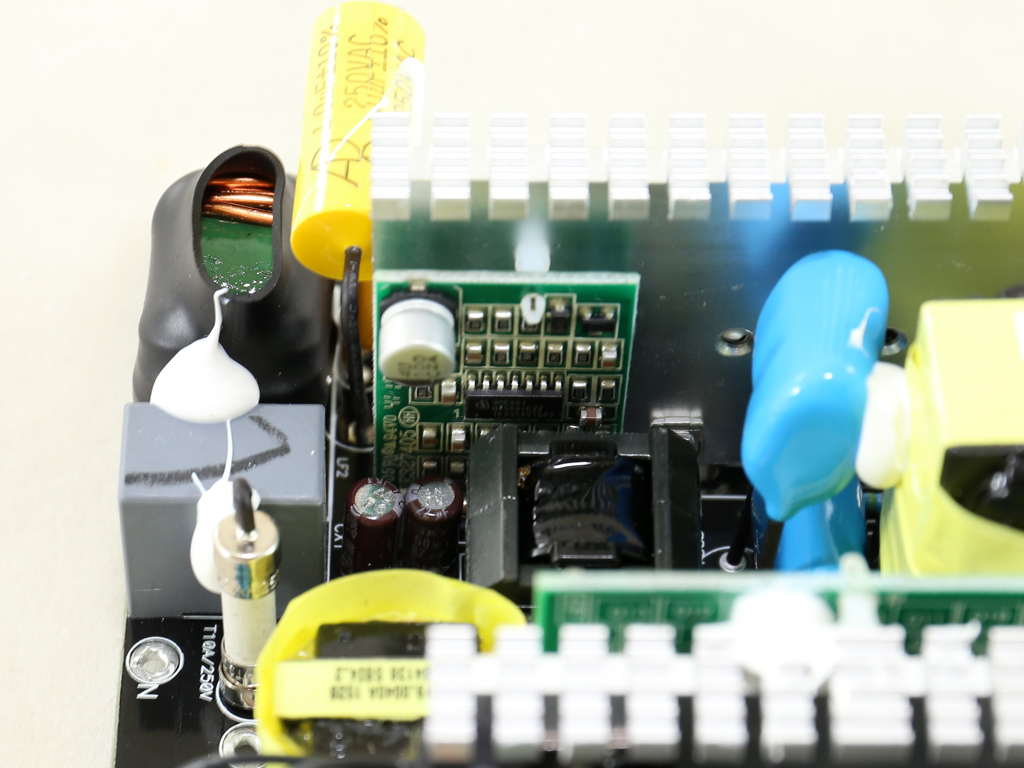
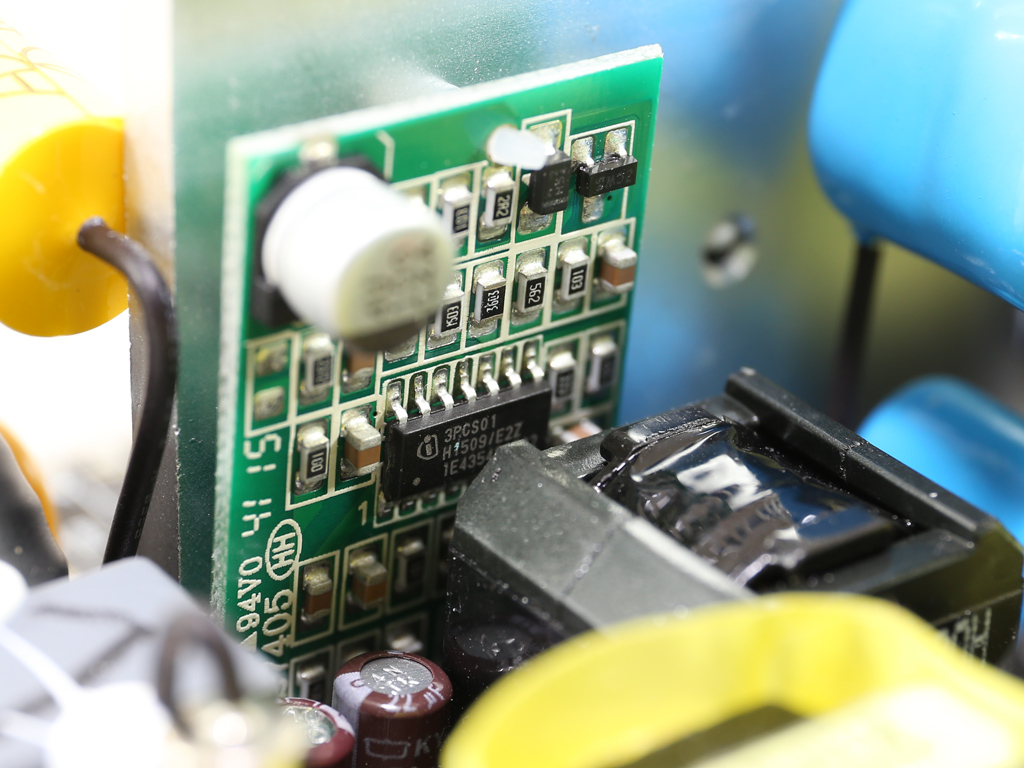
The PFC controller is installed on a small vertical daugterboard; it's an Infineon ICE3PCS01 IC.
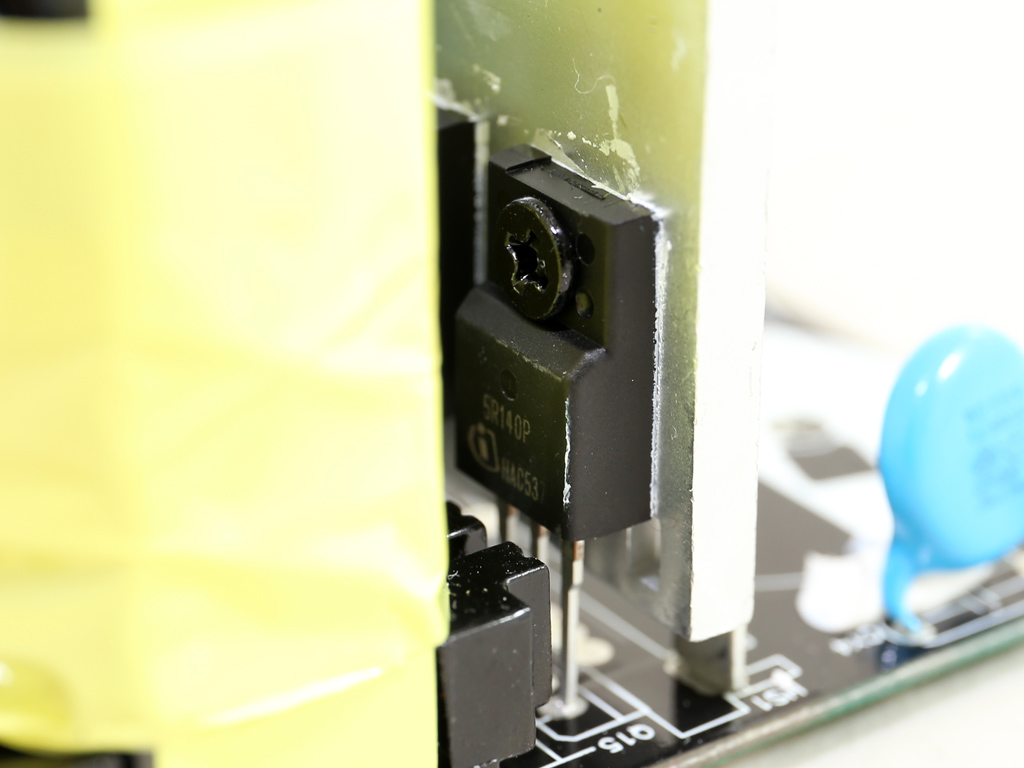
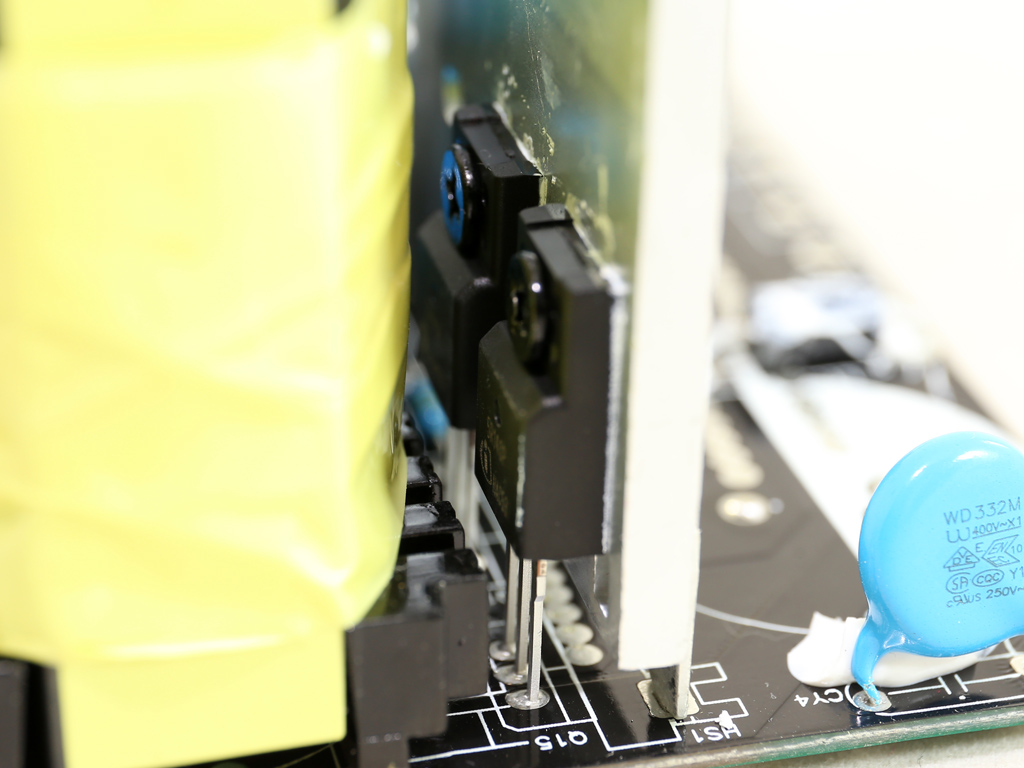

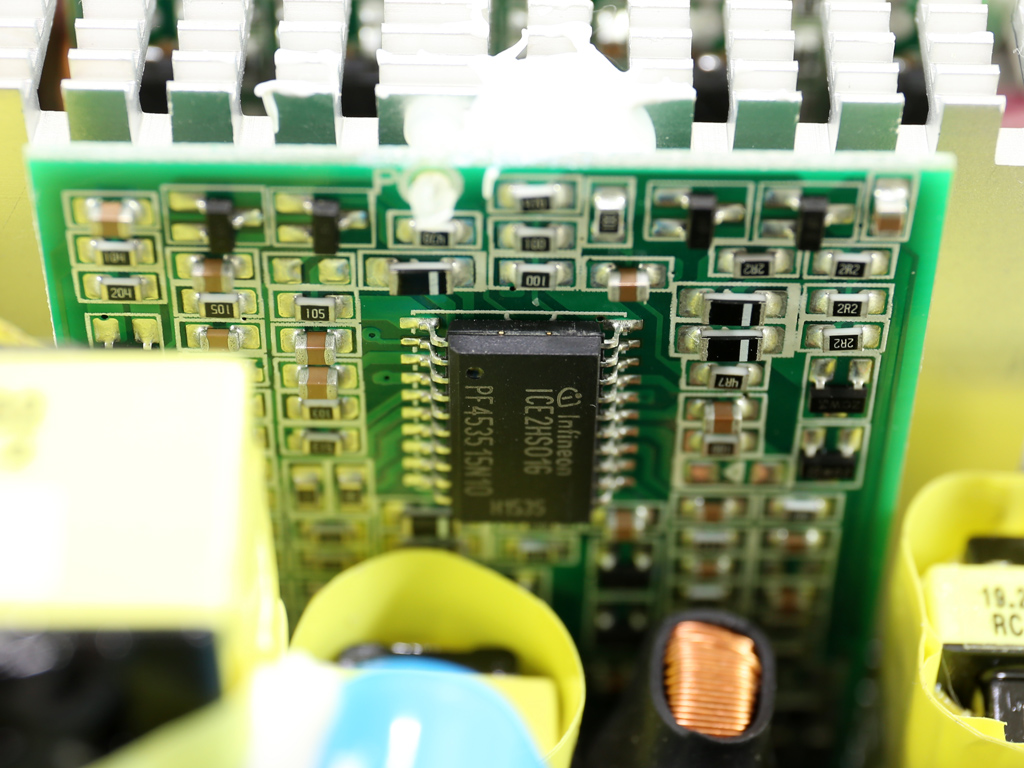
The primary switchers are two Infineon IPA50R140CP FETs arranged into a half-bridge topology. The LLC resonant controller is an Infineon ICE2HS01G IC and it can be found on a vertical PCB.
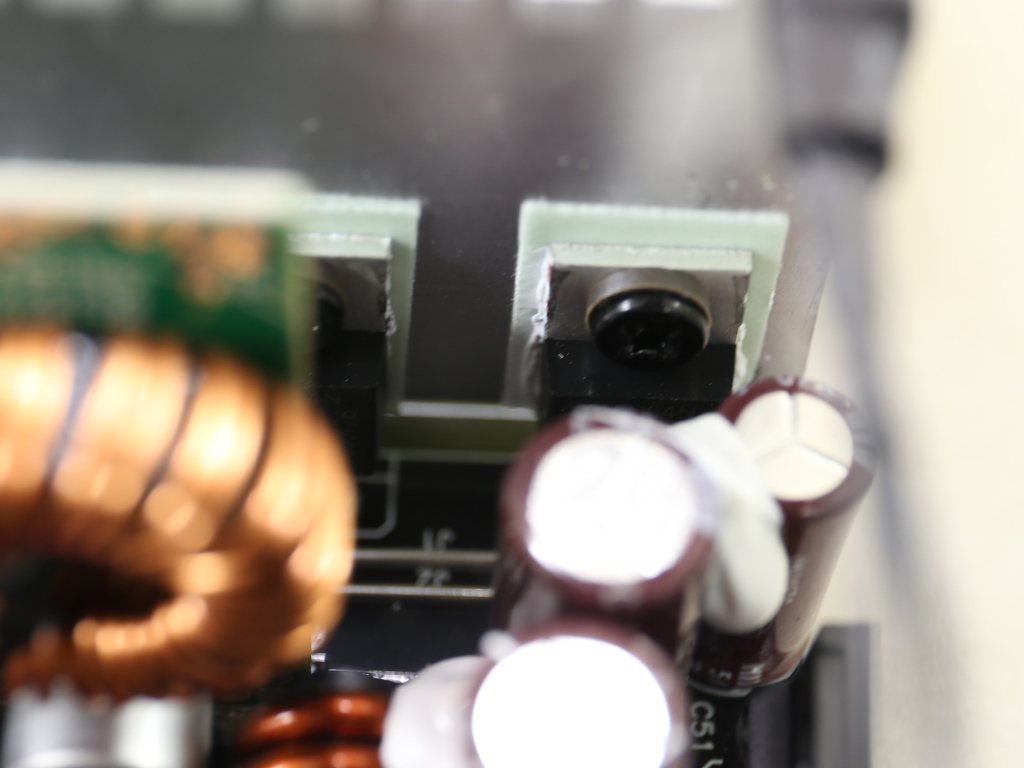
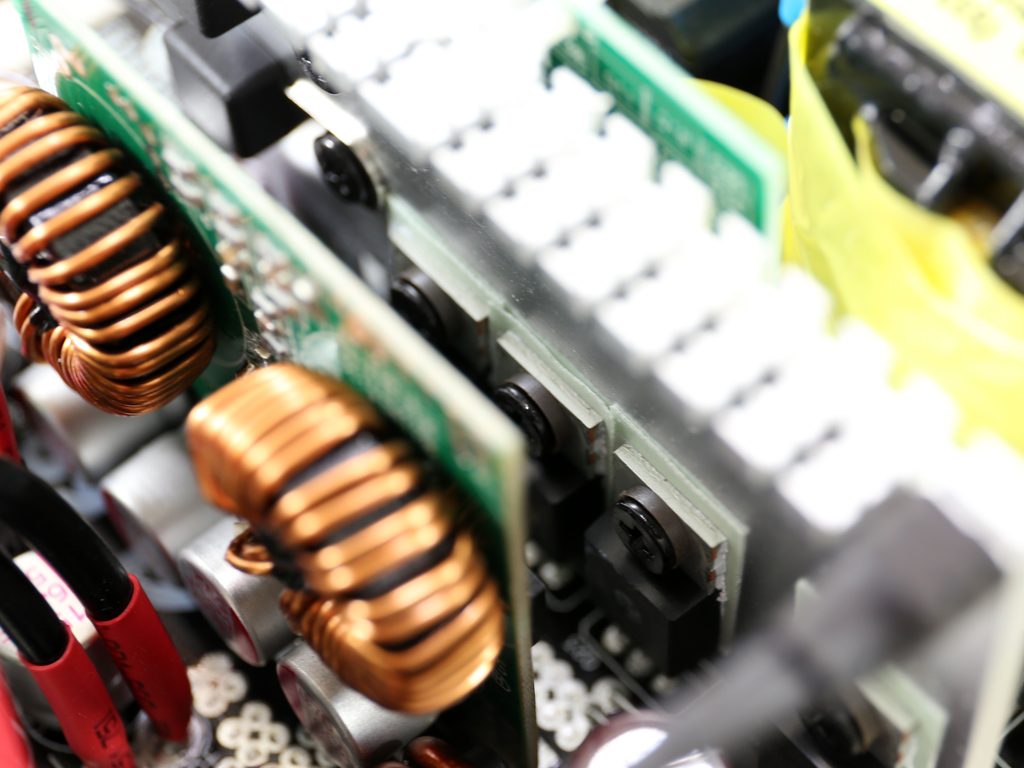
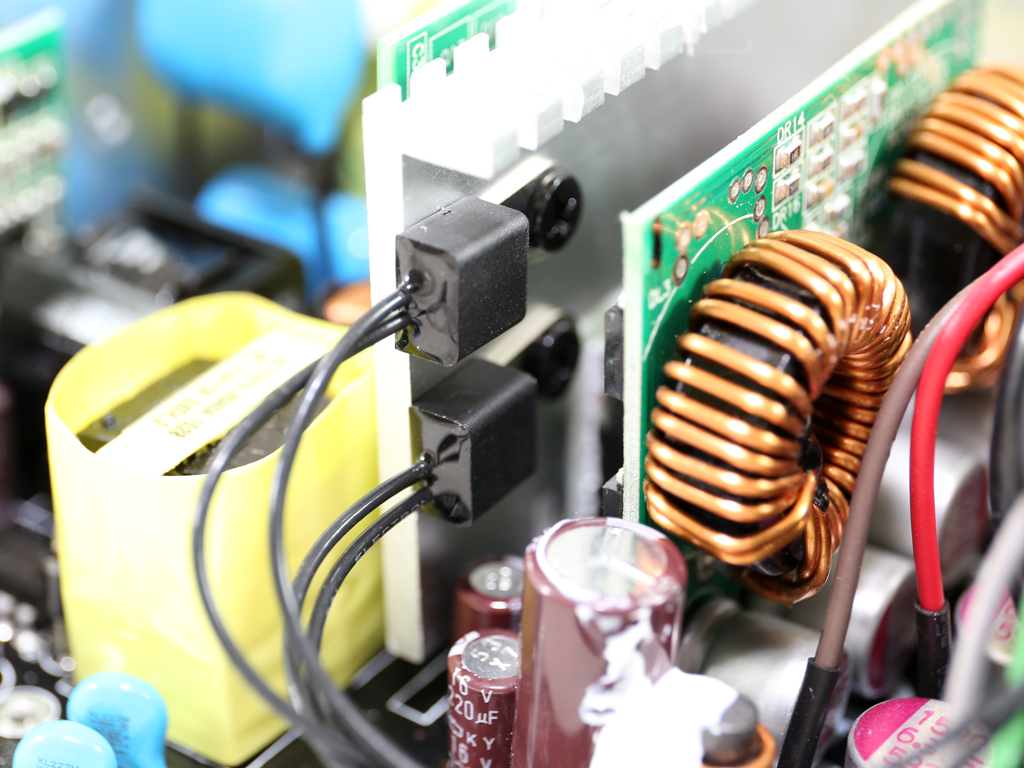
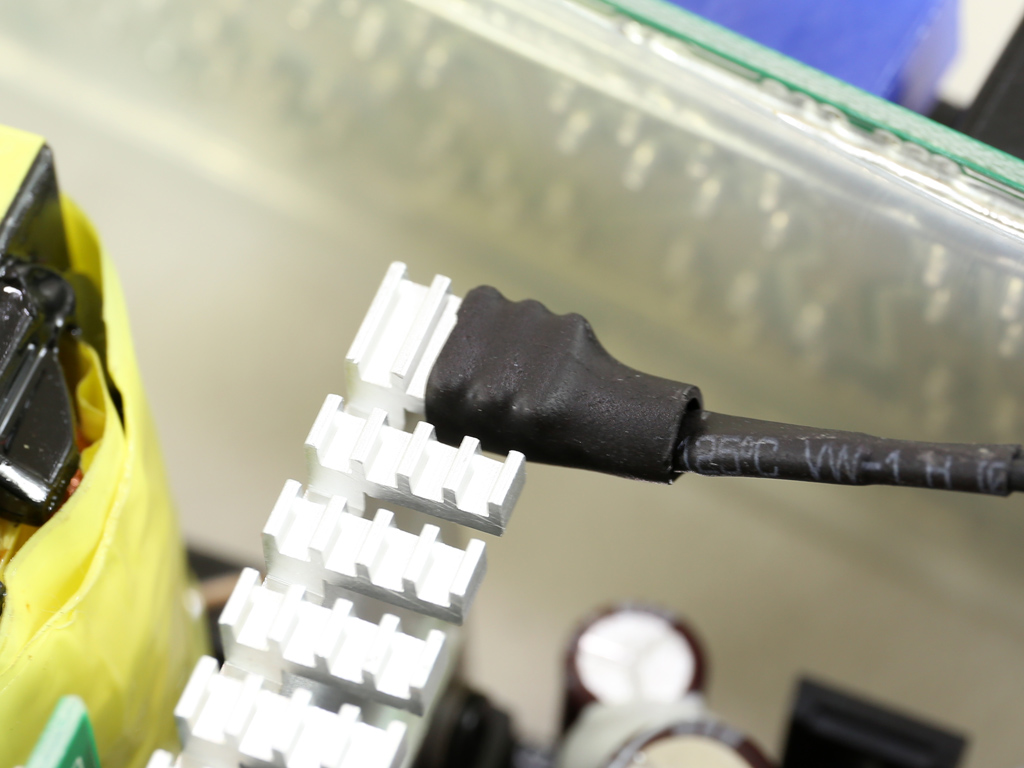
On the secondary side, four Infineon IPP015N04N FETs regulate the +12V rail. Three NTC thermistors are installed on the same heat sink, providing information to the protection and fan control circuits.
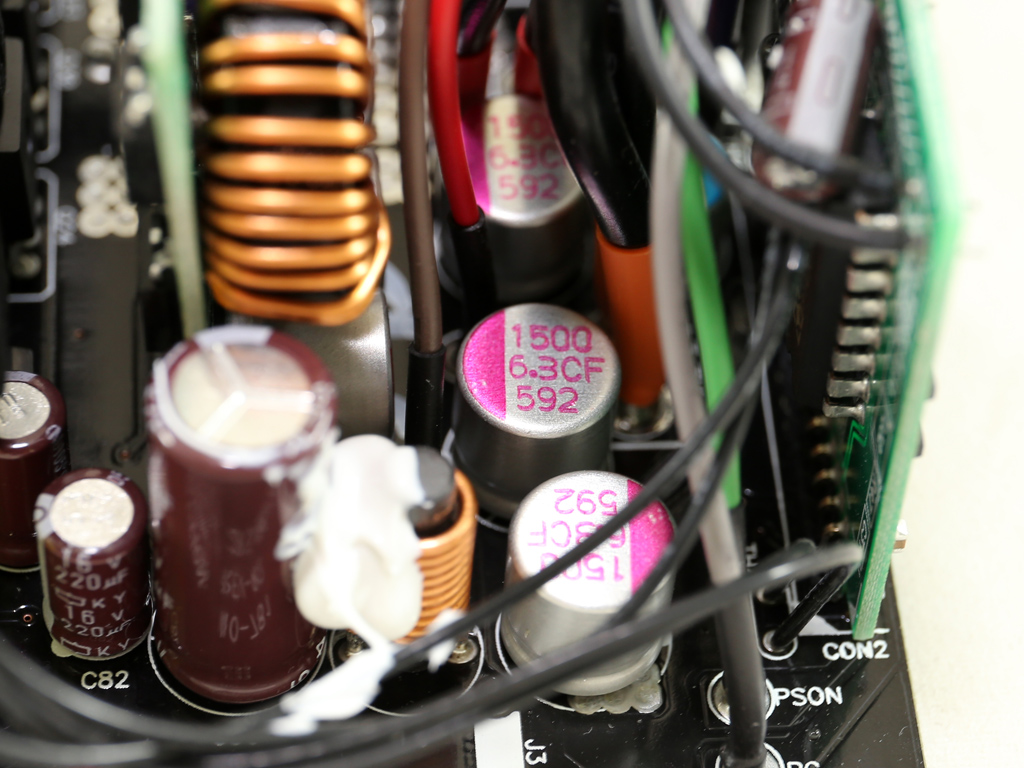
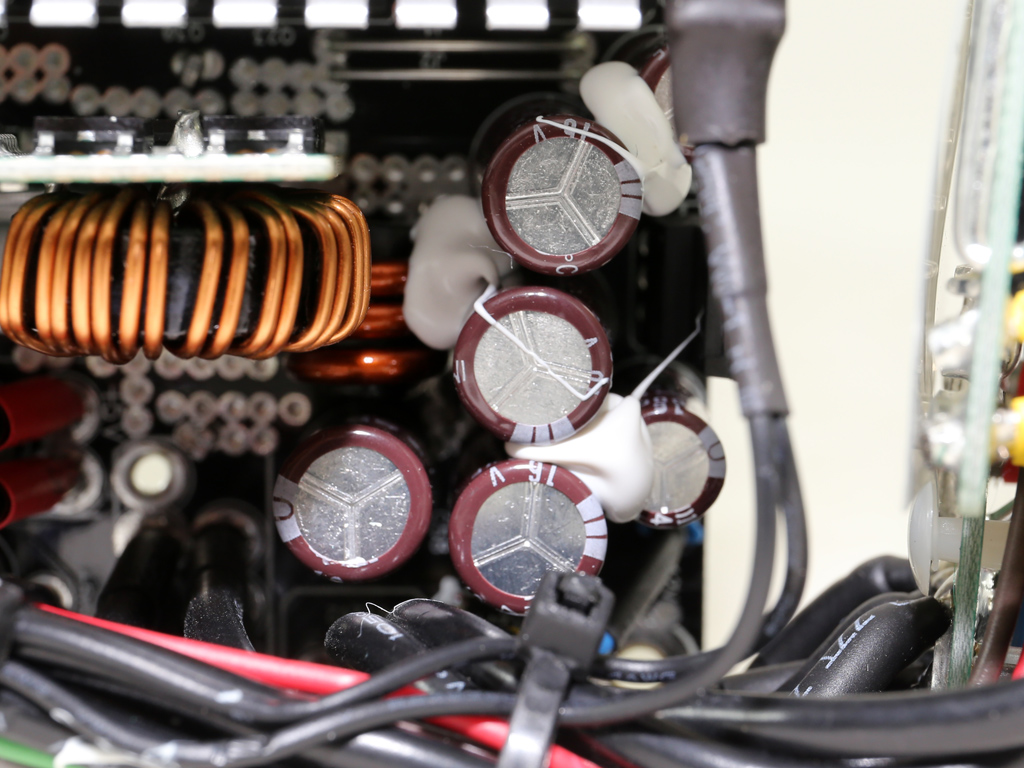

The +12V rail's filtering on the main PCB is handled by several Chemi-Con electrolytic caps (KZE, KY, 105 °C) along with few Teapo and Chemi-Con polymer caps.
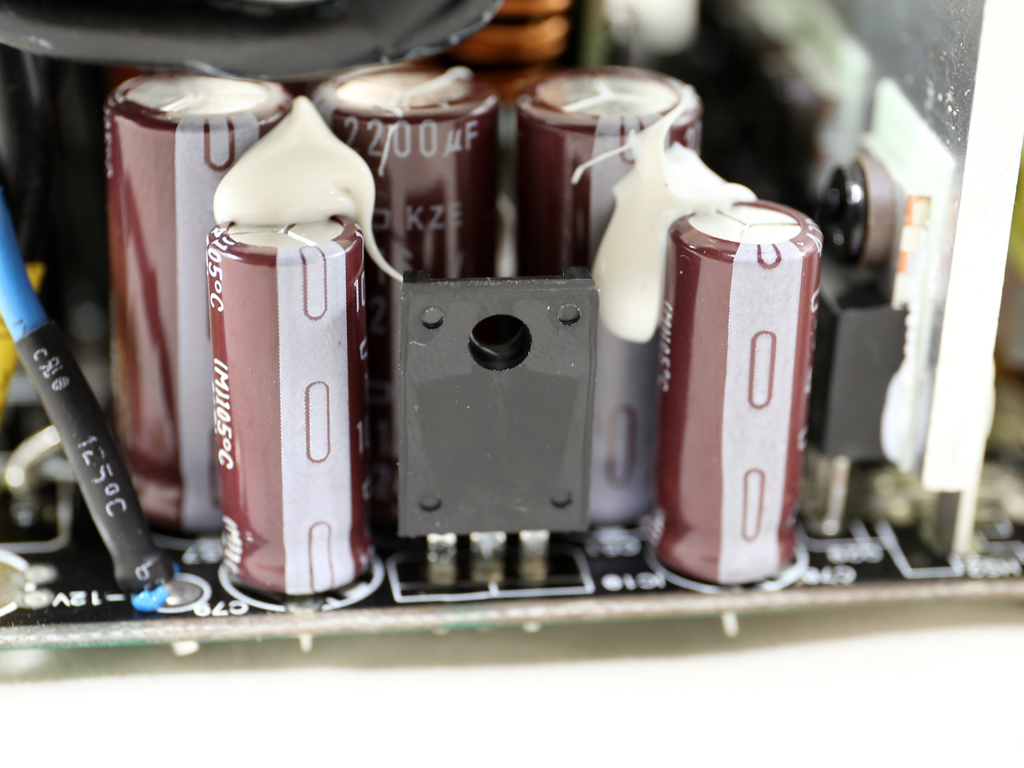
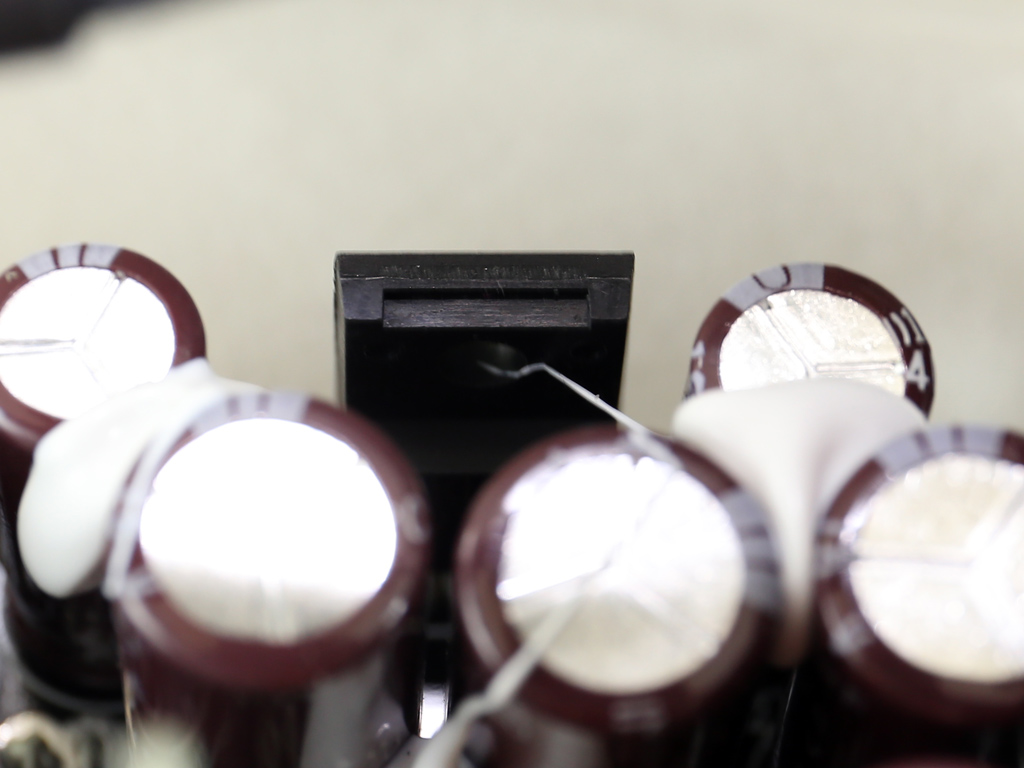
A KIA7912PI voltage regulator handles the -12V rail's generation. Most companies use a single diode for this since that rail isn't used any more.
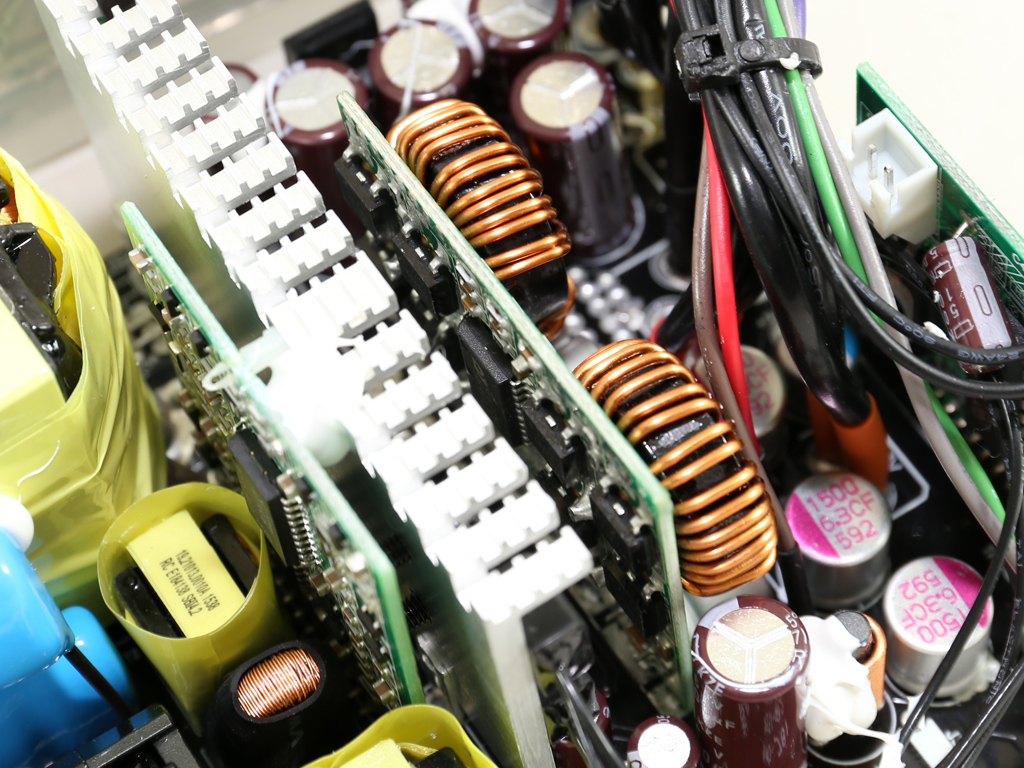
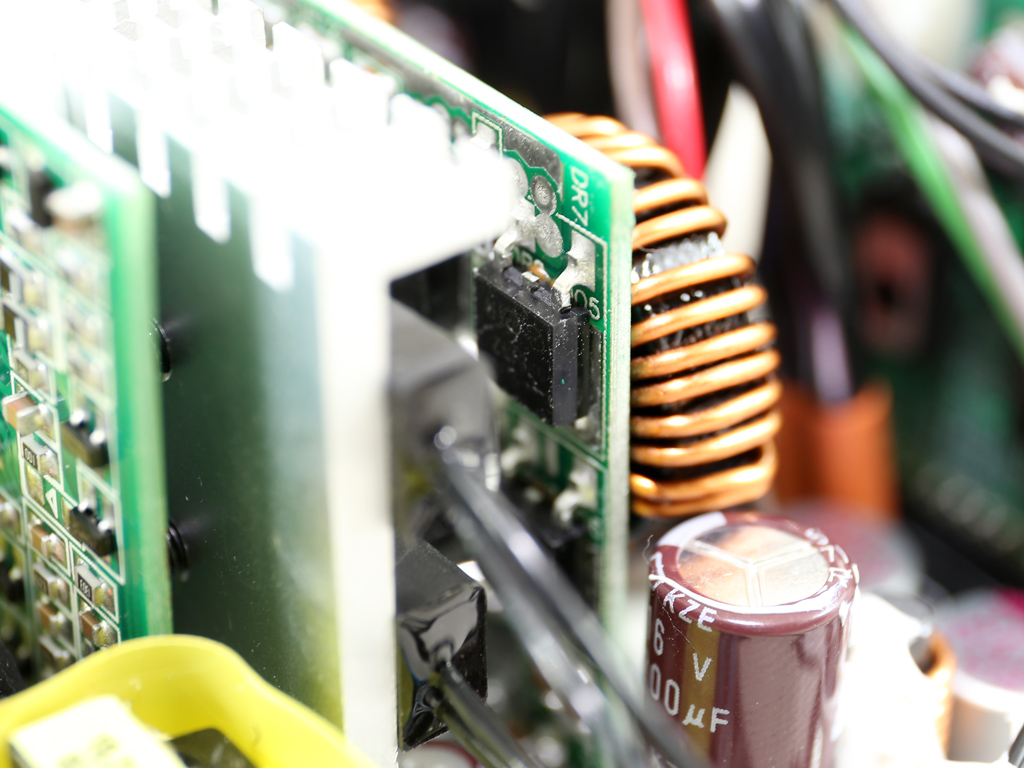
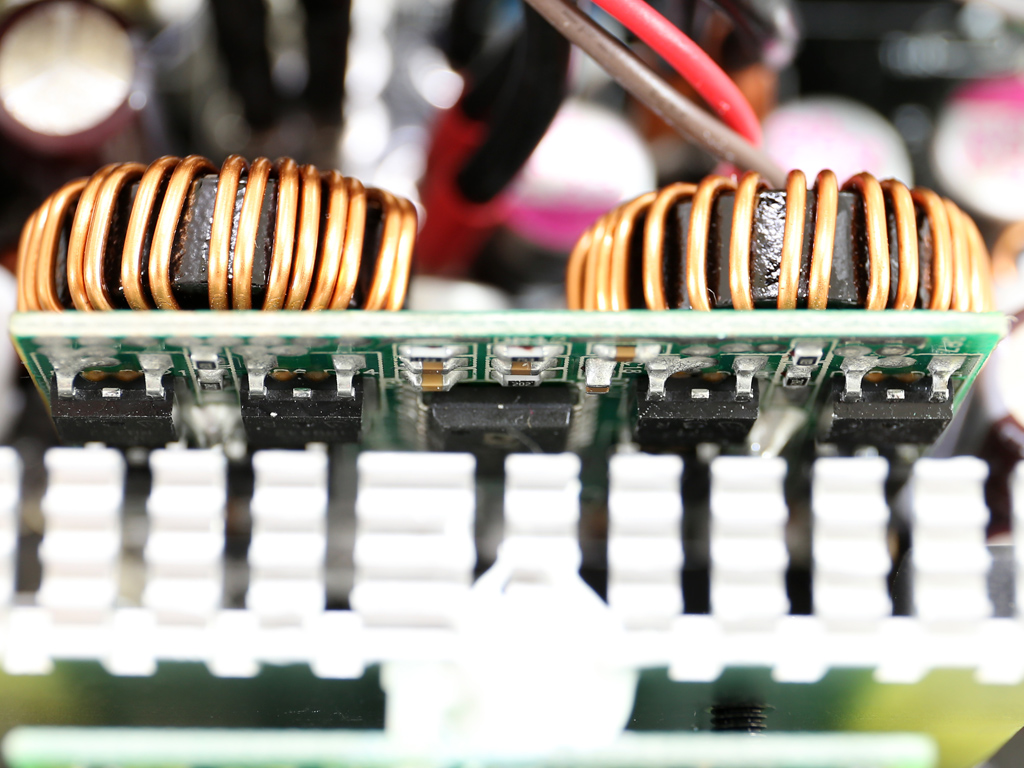
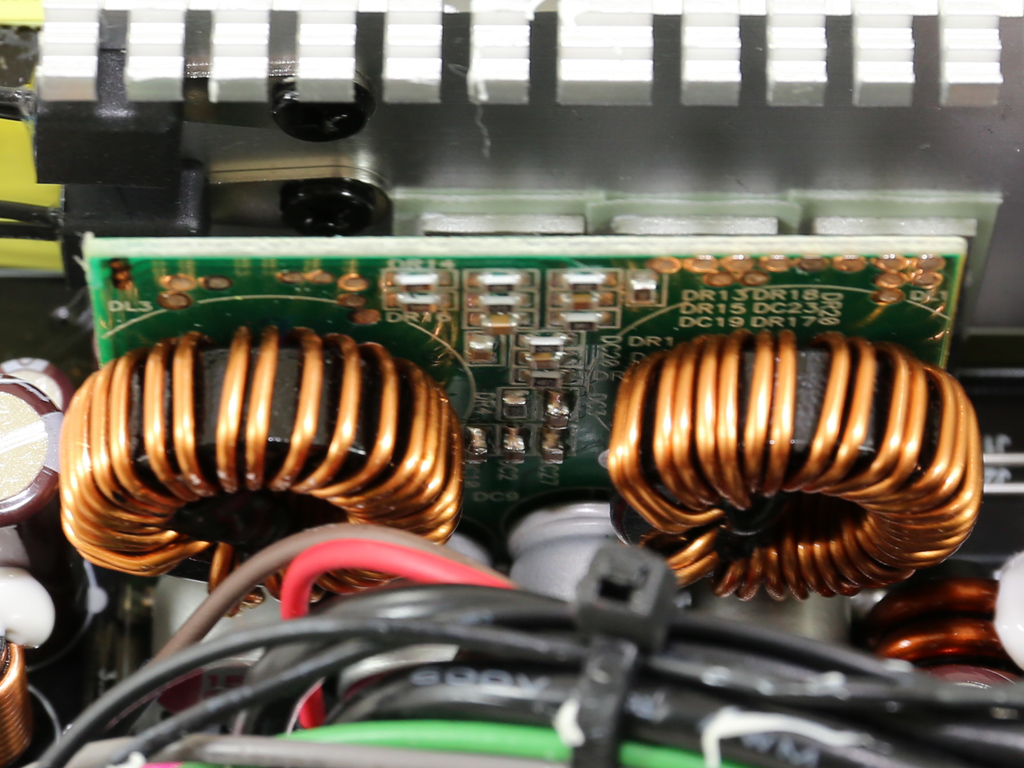
Both DC-DC converters are installed on the same PCB. In total, eight Infineon IPD060N03L FETs are used and the common PWM controller is an APW7159 IC. Four Teapo polymer caps filter the minor rails.

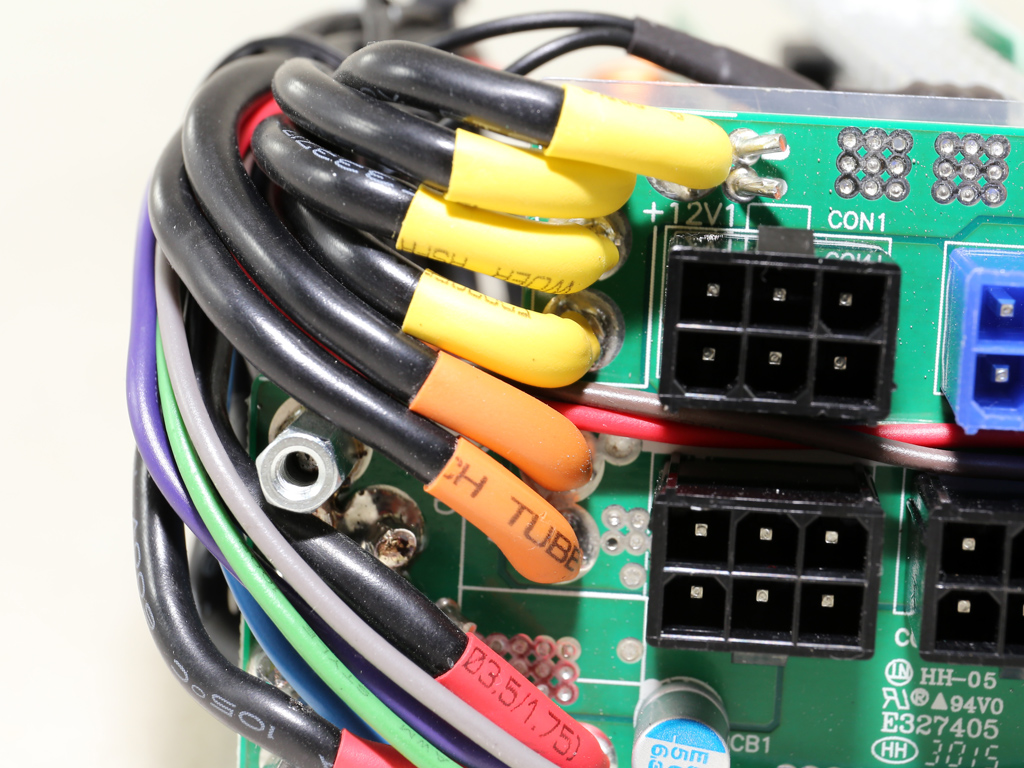
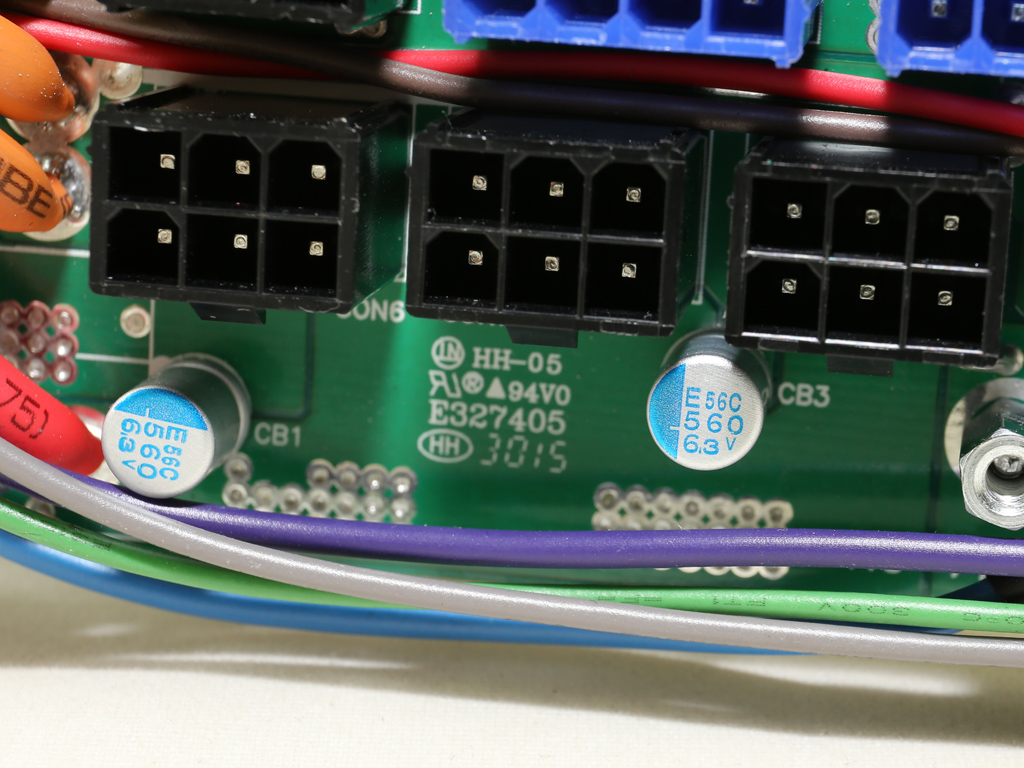

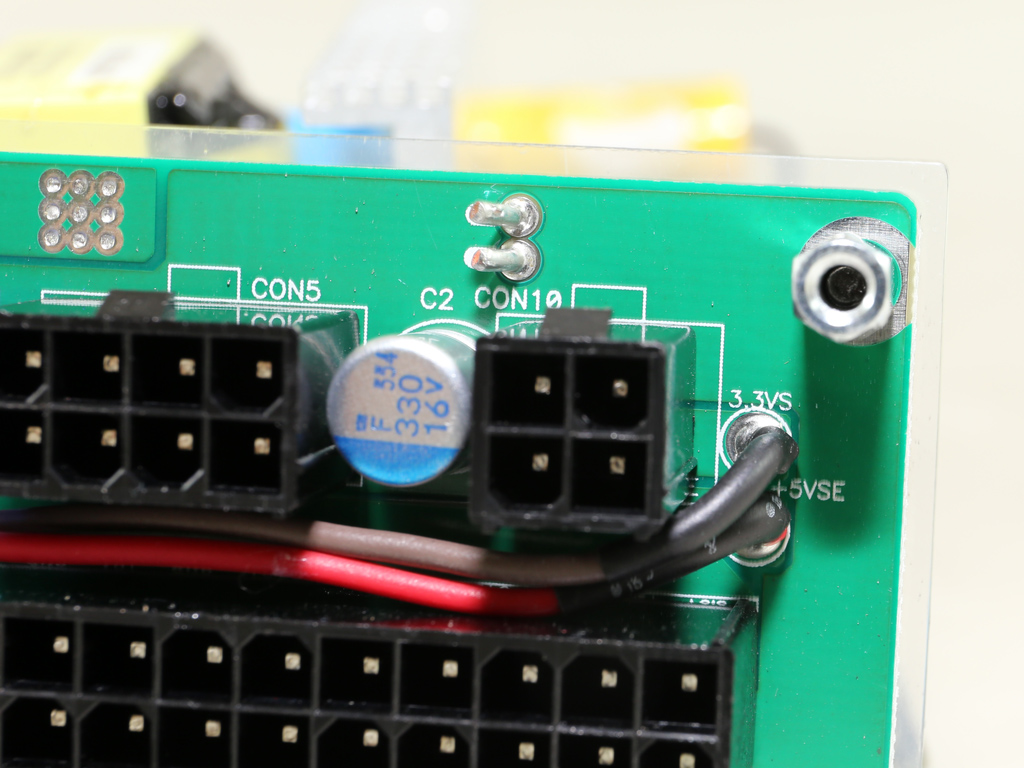
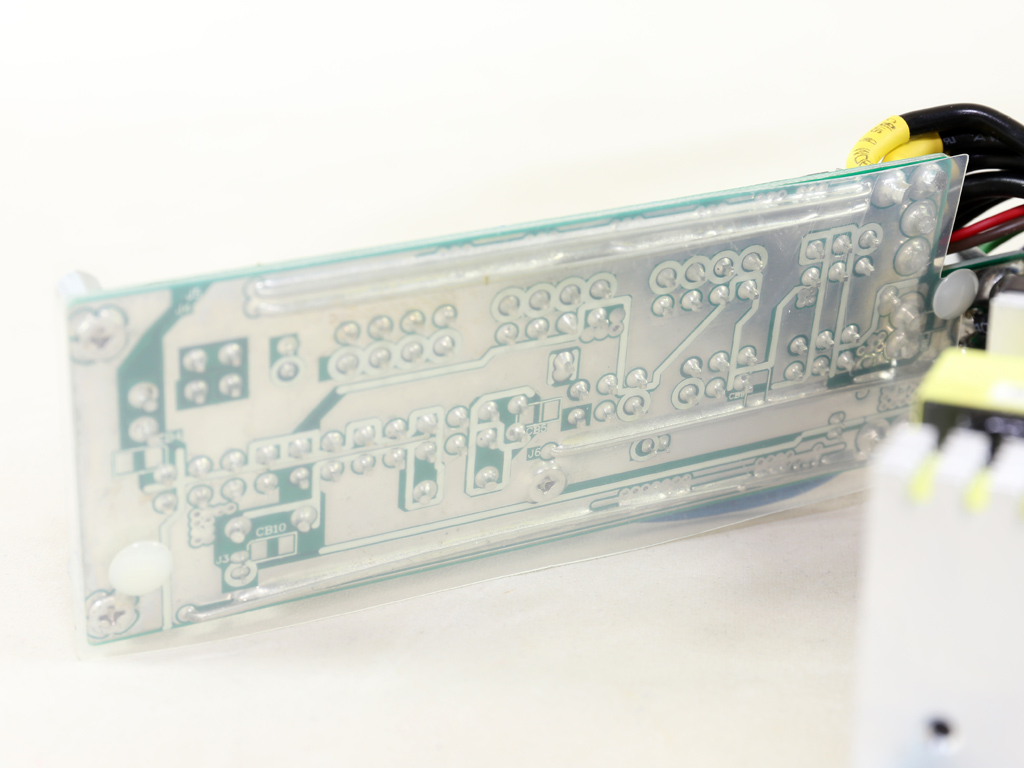
Four Chemi-Con polymer caps provide extra ripple filtering on the front side of the modular PCB. On the back of the modular panel, a plastic shield protects against shorts.
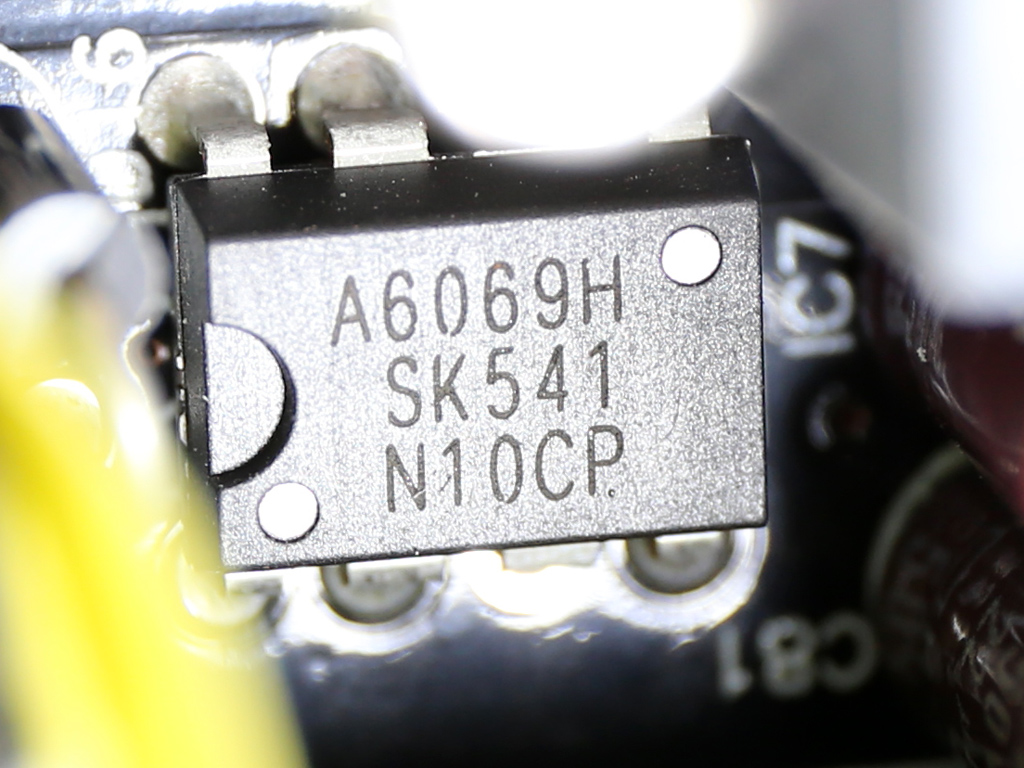
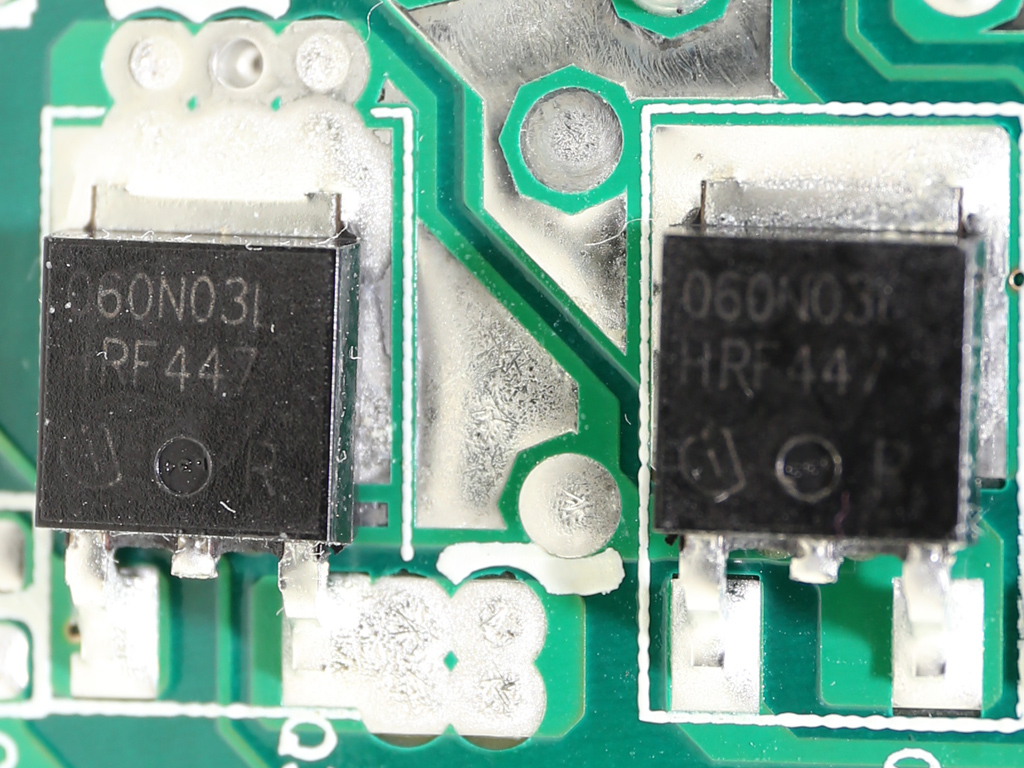
The standby PWM controller is a Sanken STR-A6069H, and on the solder side of the main PCB we find a couple of IPD060N03L FETs that are probably used by 5VSB. One of these most likely regulates the 5VSB rail, while the other probably engages the 5V rail once the PSU starts but we can't be dead sure about this.
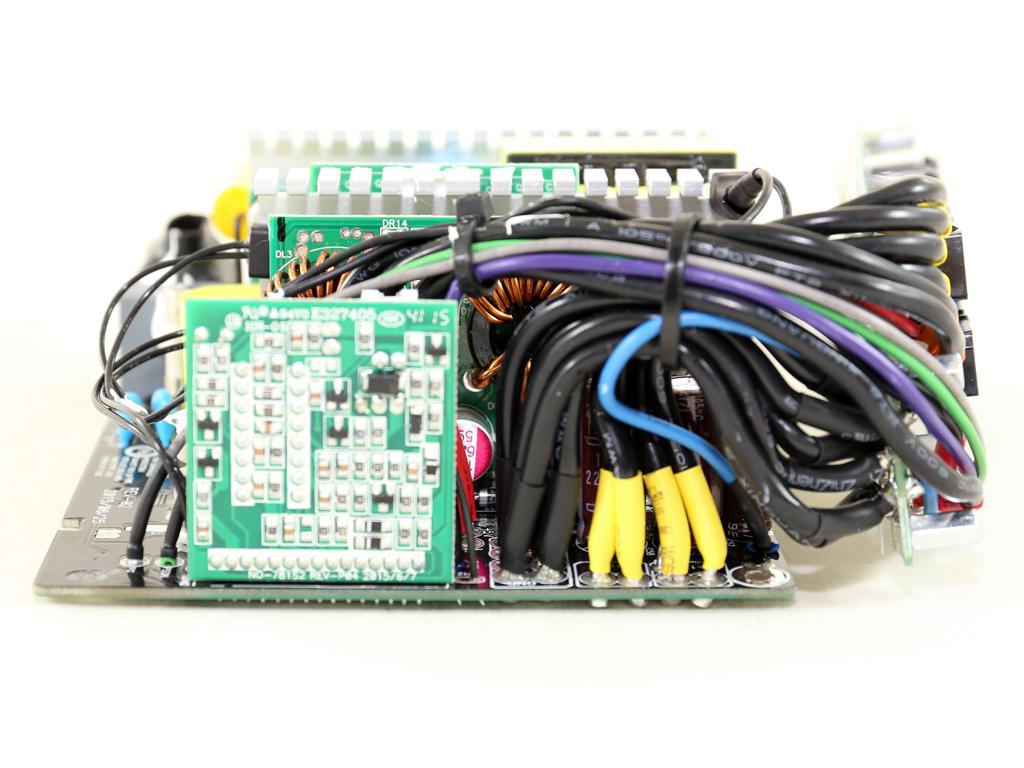
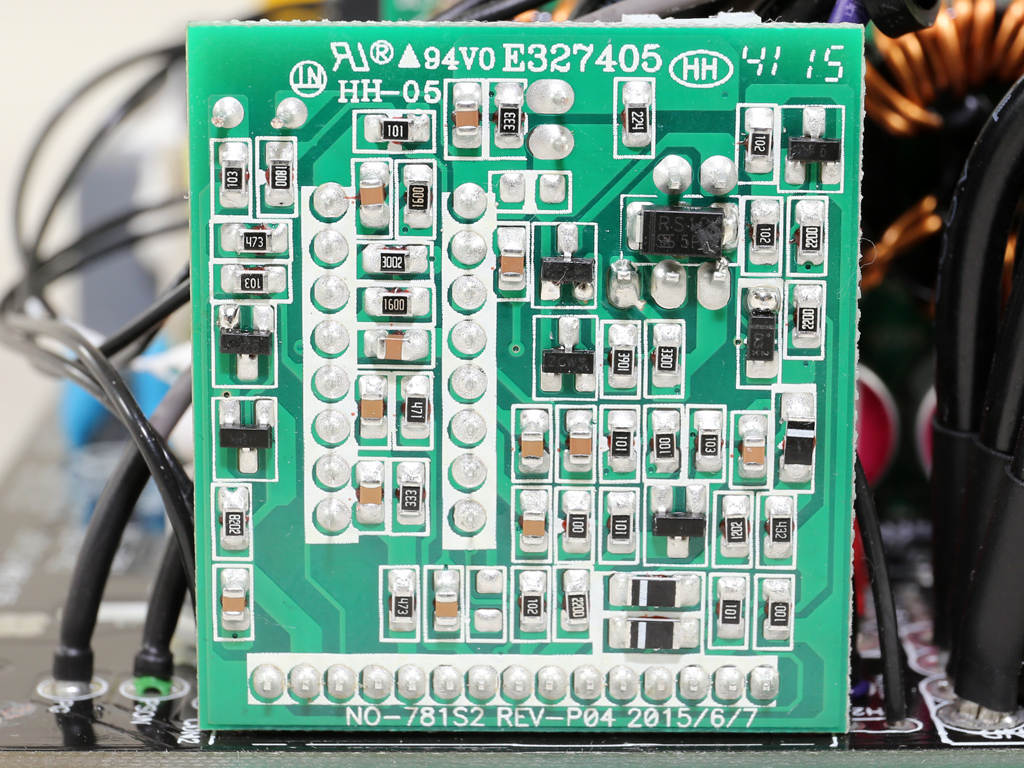

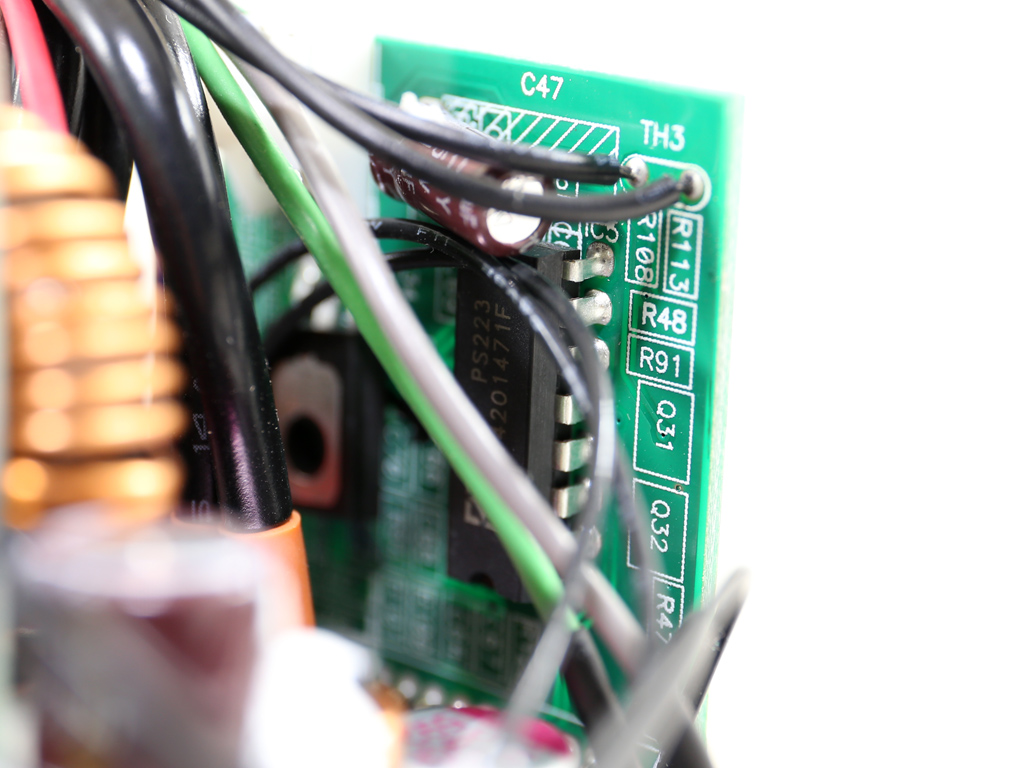
Housekeeping is handled by a SITI PS223 IC, which is one of the few with OTP (Over-Temperature Protection) out of the box. The same IC also provides OCP for up to two +12V rails.
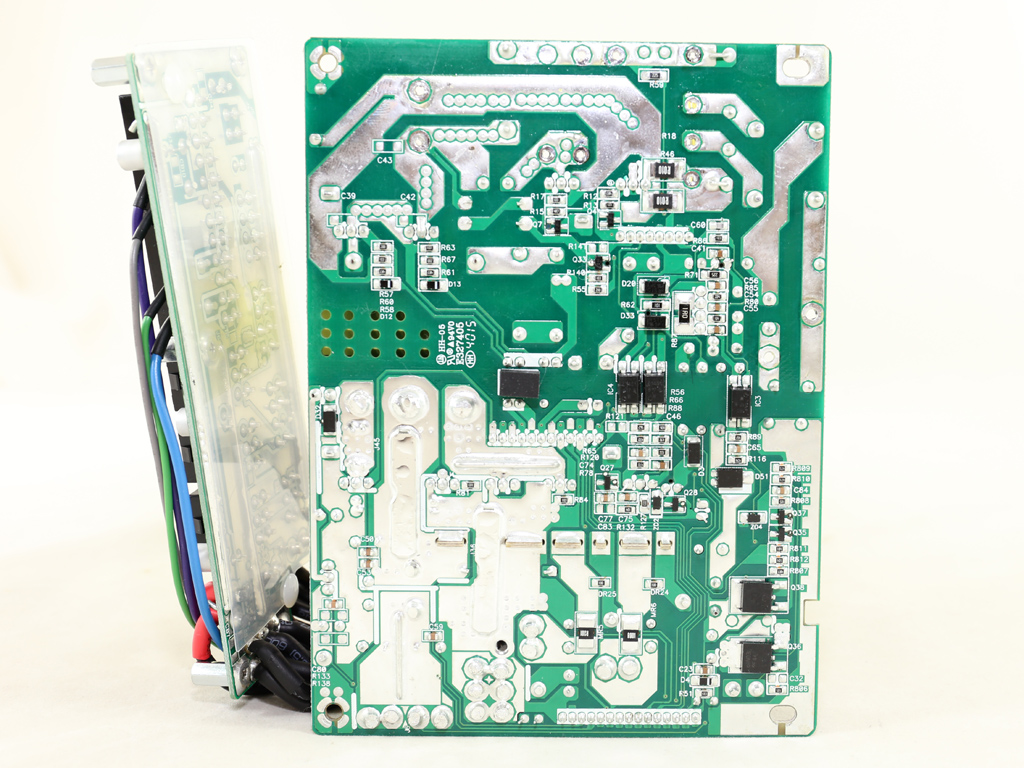



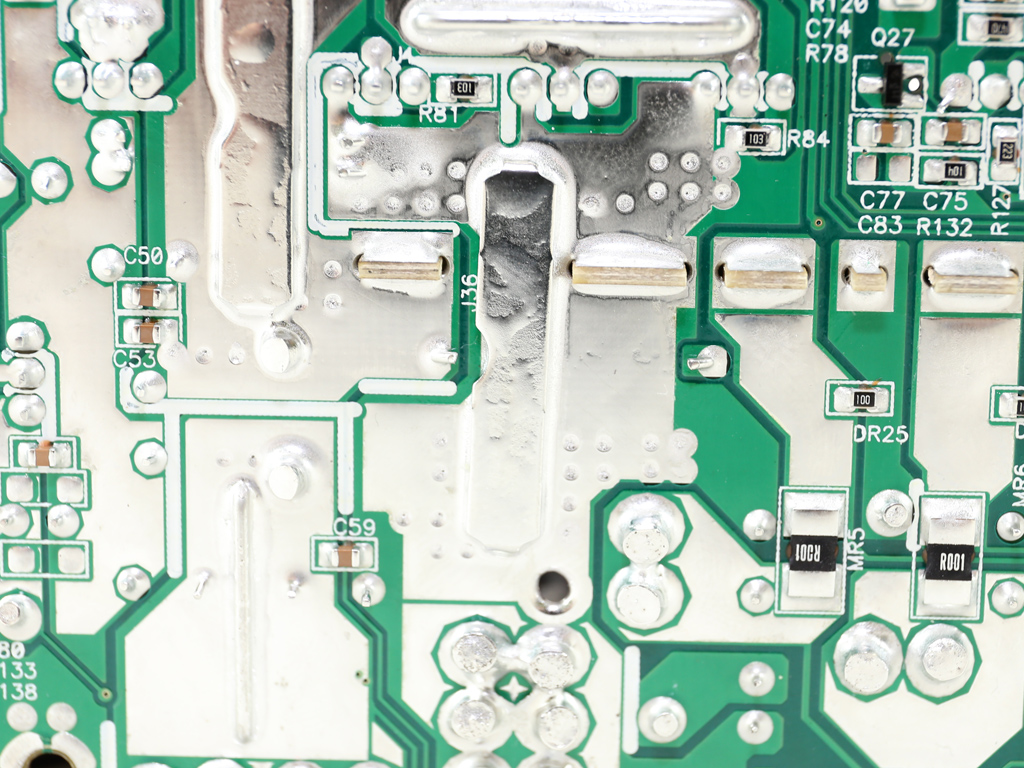

Though soldering quality is pretty good, some component leads could be shorter. Sirfa uses two copper bars on the secondary side to enhance the conductivity of the earth and +12V traces. In addition we found two shunt resistors under the +12V islands. These resistors provide amperage information to the OCP circuit, proving that this platform initially had two +12V rails. Sirfa probably set the OCP triggering point too high in order to create this single-rail implementation, since the aforementioned shunt resistors aren't shorted together.
The cooling fan comes from Globe Fan and its model number is S1202512. It employs a Fluid Dynamic Bearing design, so we'd expect it to last for a long time. With a max speed around 1600 RPM, this isn't a particularly noisy fan. However, once the power supply exceeds 40 °C, the fan profile gets markedly more aggressive. At lower operating temperatures and under light loads, a passive mode is activated and the fan doesn't spin.
We noticed that the semi-passive mode's trigger point depends more on load and less on the secondary heat sink's temperature, which can be problematic. In our case, we taxed the PSU under high ambient temperatures and then applied a light load. The fan stopped spinning, despite internal temperatures that warranted active cooling. This caused OTP to trip, shutting down the PSU. We had to wait about 10 minutes until the power supply could resume normal operation again. We'd rather see the fan control circuit prioritize temperature and not the applied load.
Current page: A Look Inside And Component Analysis
Prev Page Packaging, Contents, Exterior And Cabling Next Page Load Regulation, Hold-Up Time And Inrush Current
Aris Mpitziopoulos is a contributing editor at Tom's Hardware, covering PSUs.
-
babernet_1 Interesting, but I can't wait for a review on the 800W Titanium Silverstone!Reply
Again, you gave no price for your cost analysis. -
Aris_Mp the price is listed below every page. You have to disable add blocker in order to see it.Reply
For the record it is 145 bucks.
Now that I finished the Platinum review I will deal with the Titanium also. I am sorry for the delay but besides a very heavy schedule I need lots of time to fully evaluate each PSU. -
babernet_1 Ah, thank you. I disabled adblock for Toms and see it now. I am really seriously considering the titanium 800W supply. Hope it is good!Reply
-
Jack_565 I'm also considering buying the 800W Titanium version, it'd be awesome if you could do a review on one.Reply -
Aris_Mp will ask from SilverStone to provide me one, however my schedule is really heavy lately and the sample pile is growing huger day by day :(Reply
